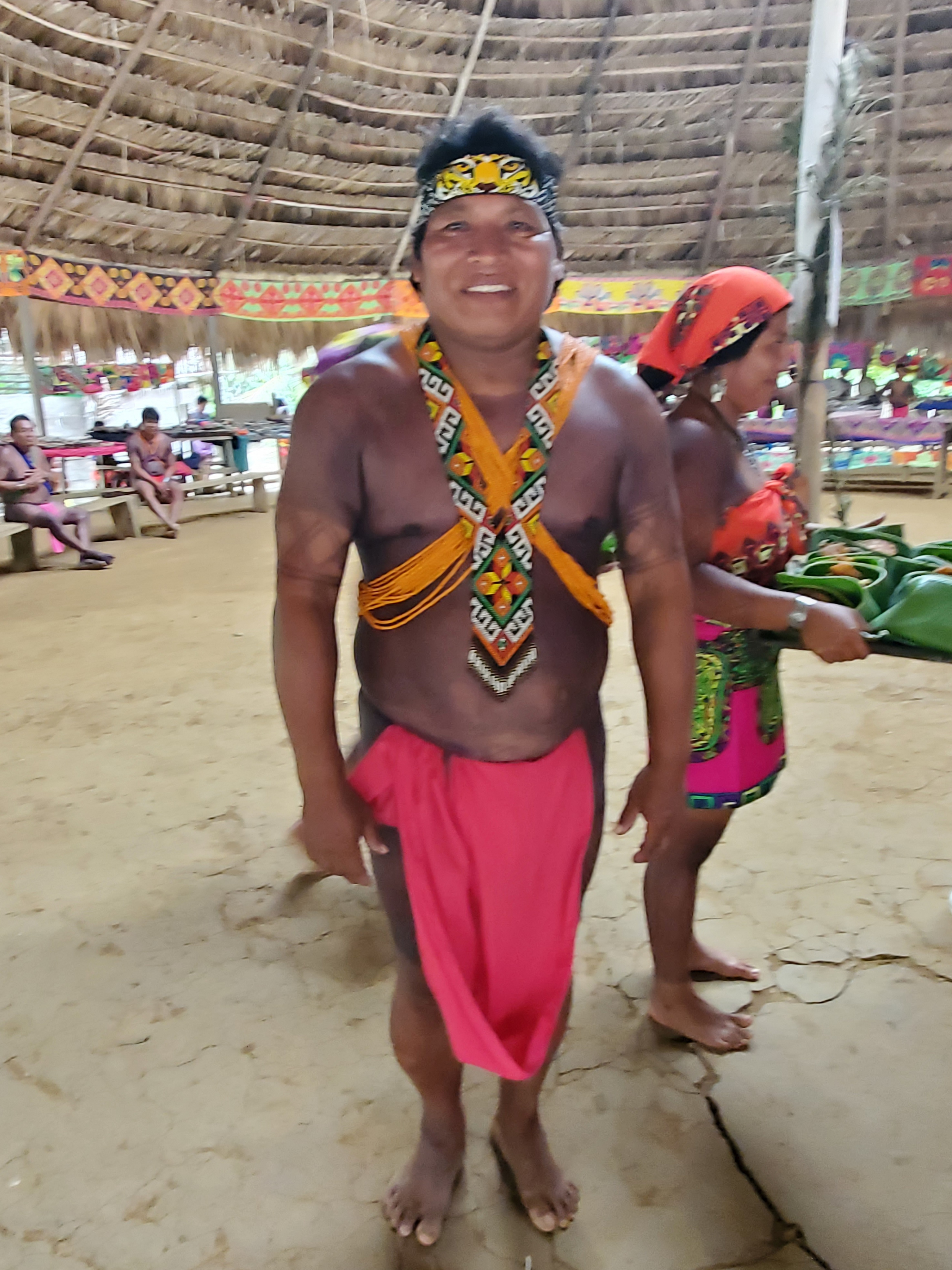It’s not often you are able to sit down with a village chief of an indigenous tribe and ask him personal questions, but the World ARC rally participants were invited to do just that while on a special tour to the Embera Tribe Village.
Set deep within the rainforest of Panama Province in the Chagres National Park area, the Embera tribe live in a very traditional community. Access is only via boat, so a group of us embarked on a 30-minute journey to the top of the River Chagres in five handmade dugout canoes to visit the village.
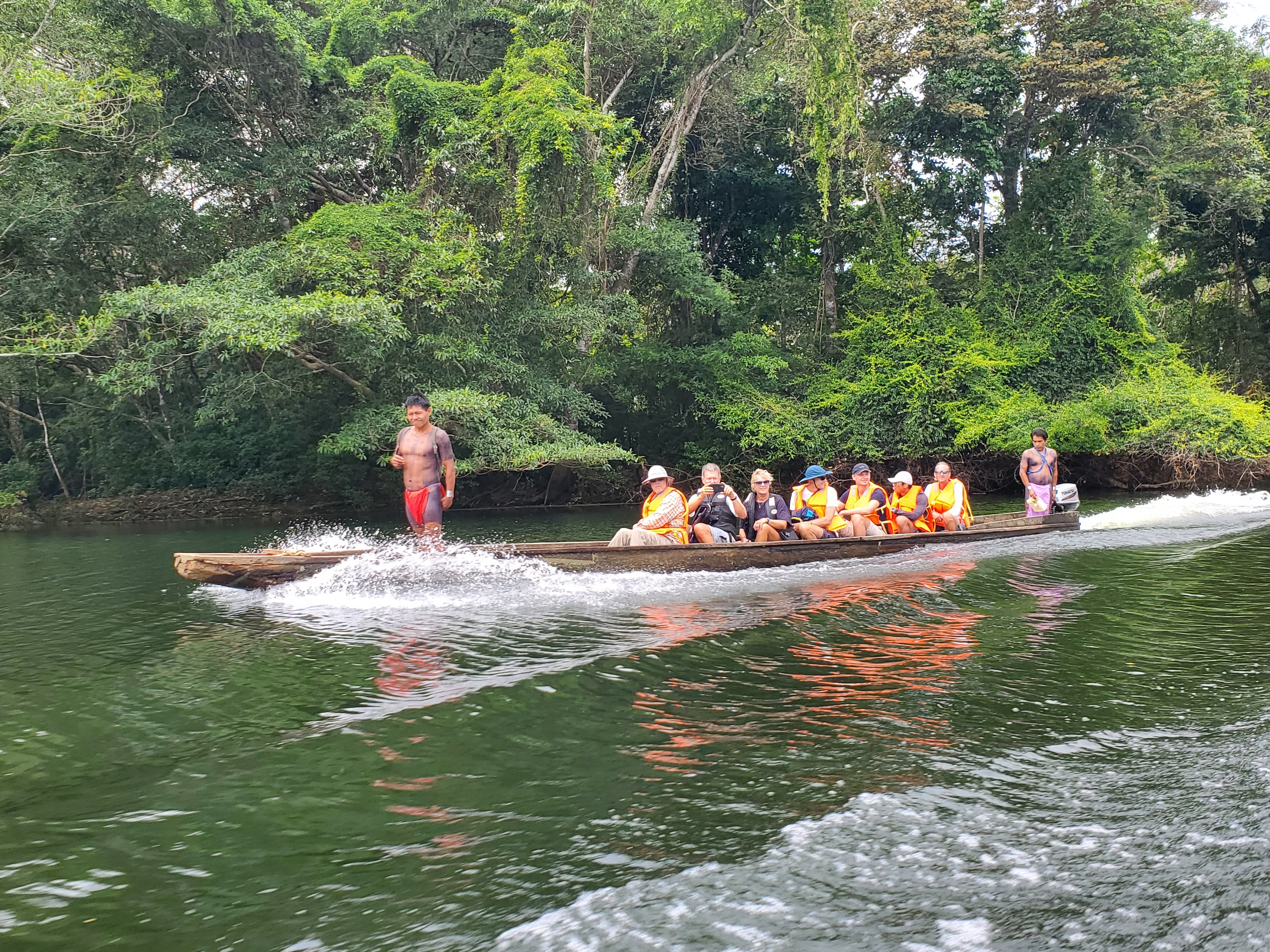
%20-%20JS.jpg)
After a warm musical reception from the tribespeople, we sat down for an audience with Ruben who is the chief. A lovely unassuming man in his early fifties, he preferred to describe himself less of a chief but more as the ‘leader’ of the tribe, having been voted in five years ago. Over the course of an hour, he explained the history, culture and traditions of the village, all the time happily answering questions from a group of interested rally participants.
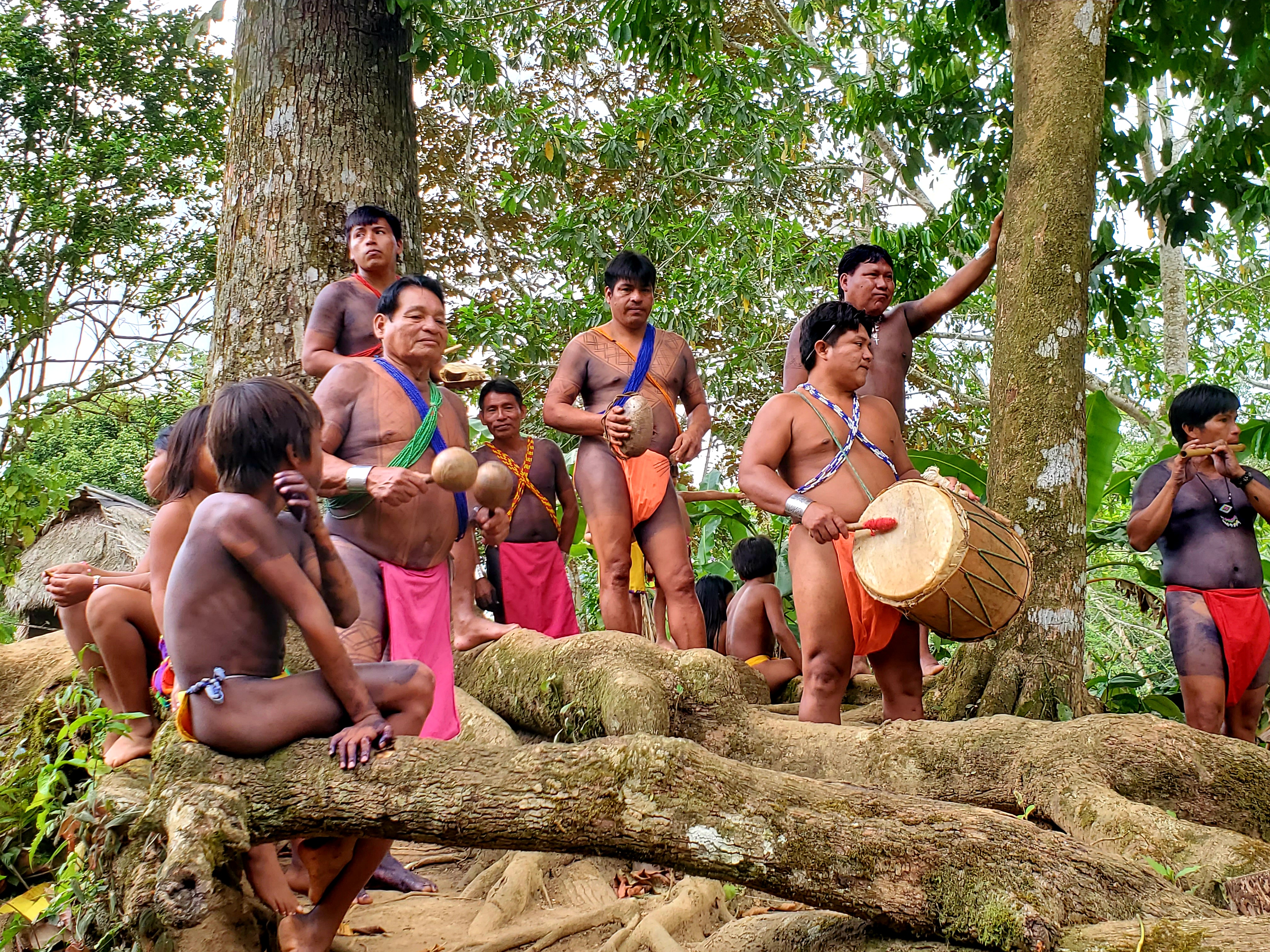
%20-%20JS.jpg)
He explained the Embera people are one of seven indigenous tribes within Panama. 50 years ago, their community moved from the Darien Province, on the border of Colombia, where the tribe had lived for centuries. They currently comprise 36 families, with over 100 adults and "many, many" children.
Talking about his own family, Ruben advised he has taken just one wife and has seven children. It was touching when he spoke so proudly of his youngest daughter, who has left home and is now studying for university. He explained there is no pressure for the growing children to stay within the tribe and that it was totally their choice. Many may leave for a while to join the police or be teachers and they are always made welcome to return.
Answering questions on education, he said the topic was very important to them. The government send teachers in to stay with the tribe from Monday to Friday to teach the younger ones everything from Spanish and science to history and geography. They also have an Embera teacher to educate them on customs and language and they are now studying English.
When asked how they make their money, Ruben was very honest, citing tourism as one of their income streams. He said his community is very keen to invite tourists in to learn about their traditions and customs. The warm welcome and easy hospitality extended to us is evidence of how important tourism is for them.
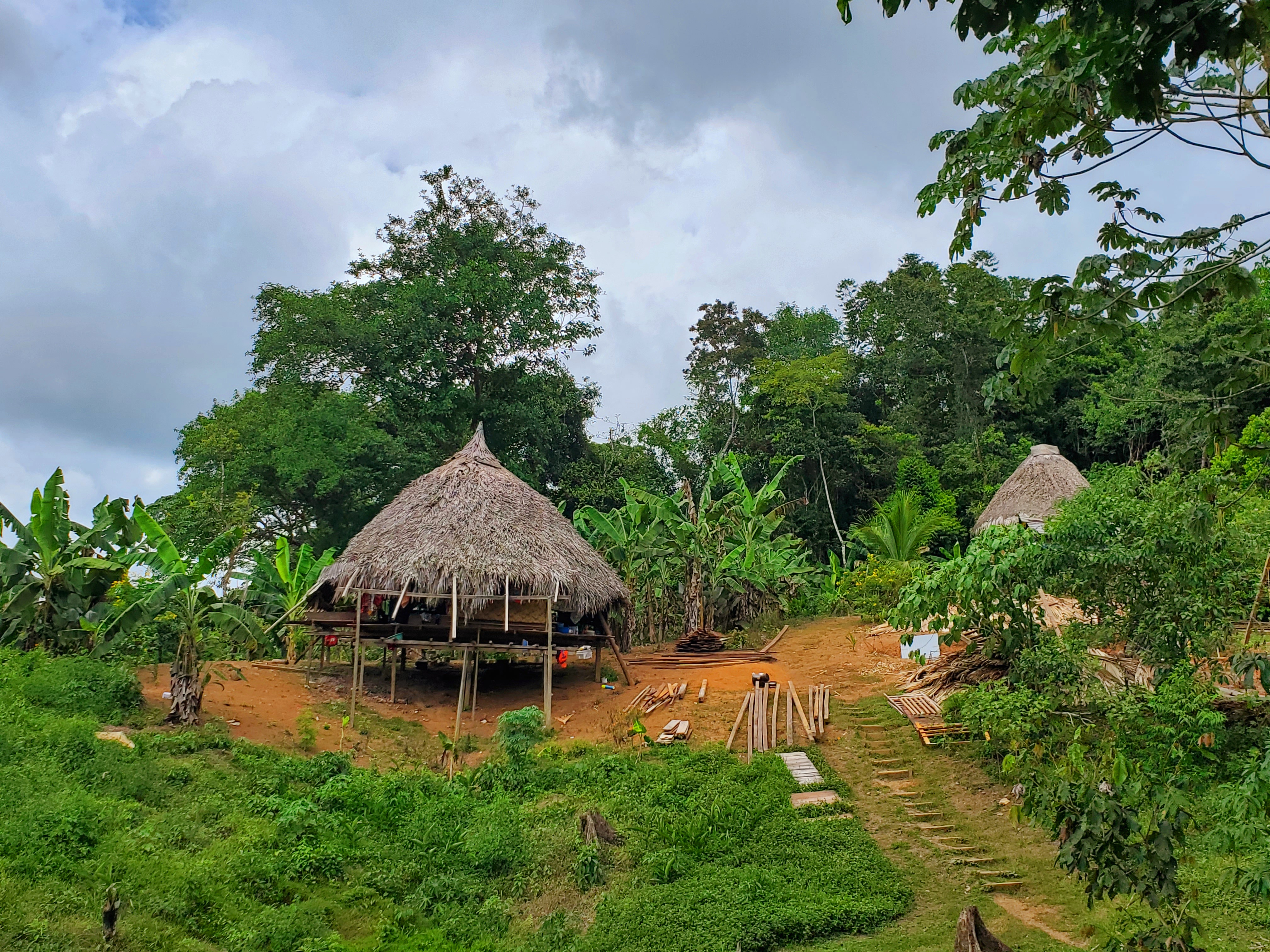
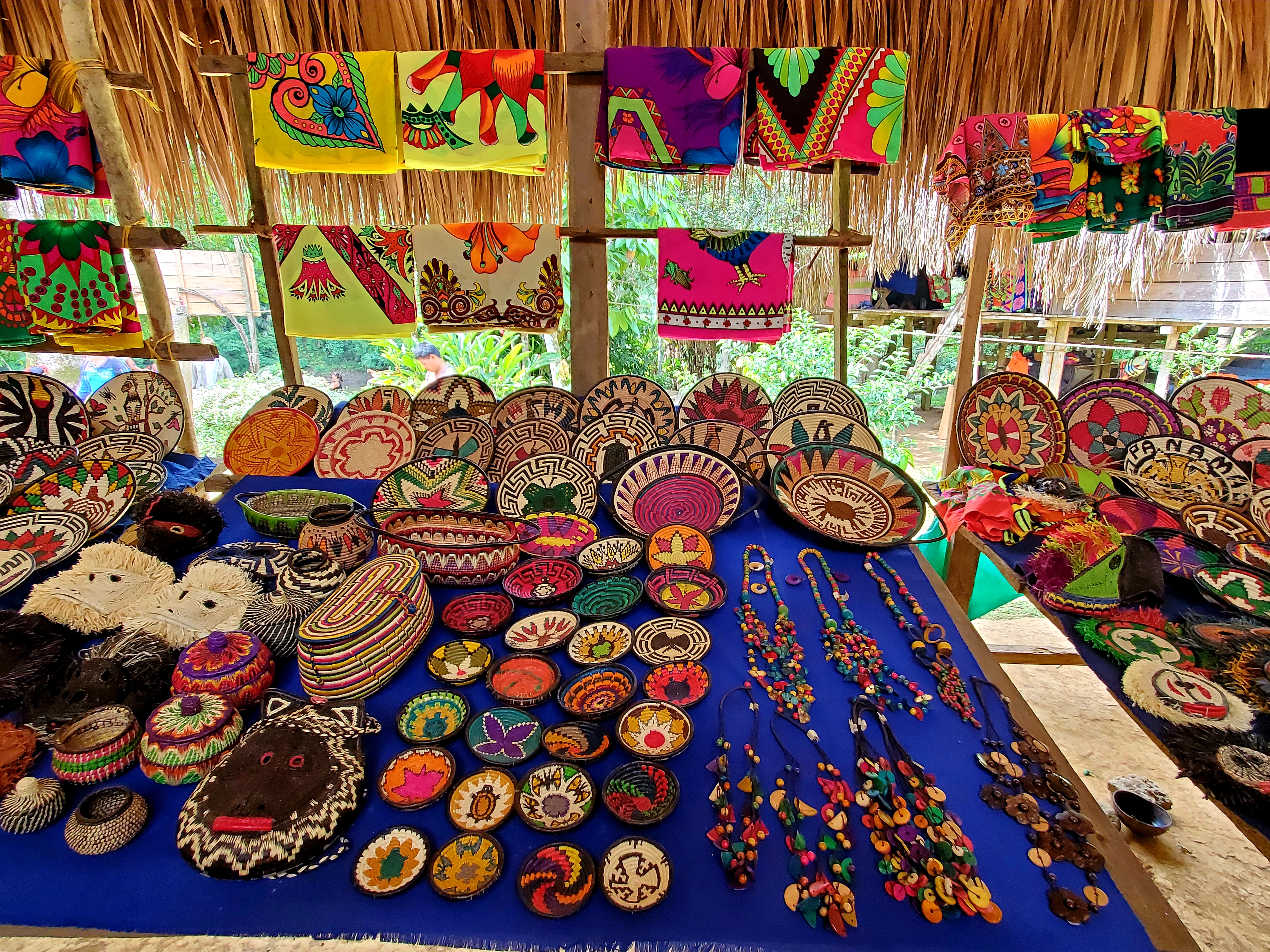
The Embera Tribe also make money from fishing and selling their handcrafts. As he explained further about their skills, we discovered many had been taught at a young age how to sew, carve, dye and weave; and these skills were passed down from father to son and mother to daughter, so they could continue to make many handmade items not just for themselves, but also to sell to visitors. We saw demonstrations from tribespeople as to how they make their wares and it was enlightening to see such traditional methods and treatments being used.
With questions being asked on healthcare and medicine, Ruben told us they have a very good botanical knowledge and many of their issues are solved using herbal medicine. If that doesn’t work, then they ensure the tribespeople get medical assistance in Panama. One member of the tribe is a midwife, and most babies are born within the community. However, he also added that he himself is training as a paramedic, so he can use his knowledge to help others, not just for his own people, but also for other tribespeople in neighbouring areas.
Following the talk with Ruben, we were served a delicious lunch of fresh fish, fried plantains, and fruit. Afterwards, there was time for shopping as we wandered around looking at the expertly crafted jewellery, bags and carvings, with many participants buying presents for themselves and to send home to family and friends.
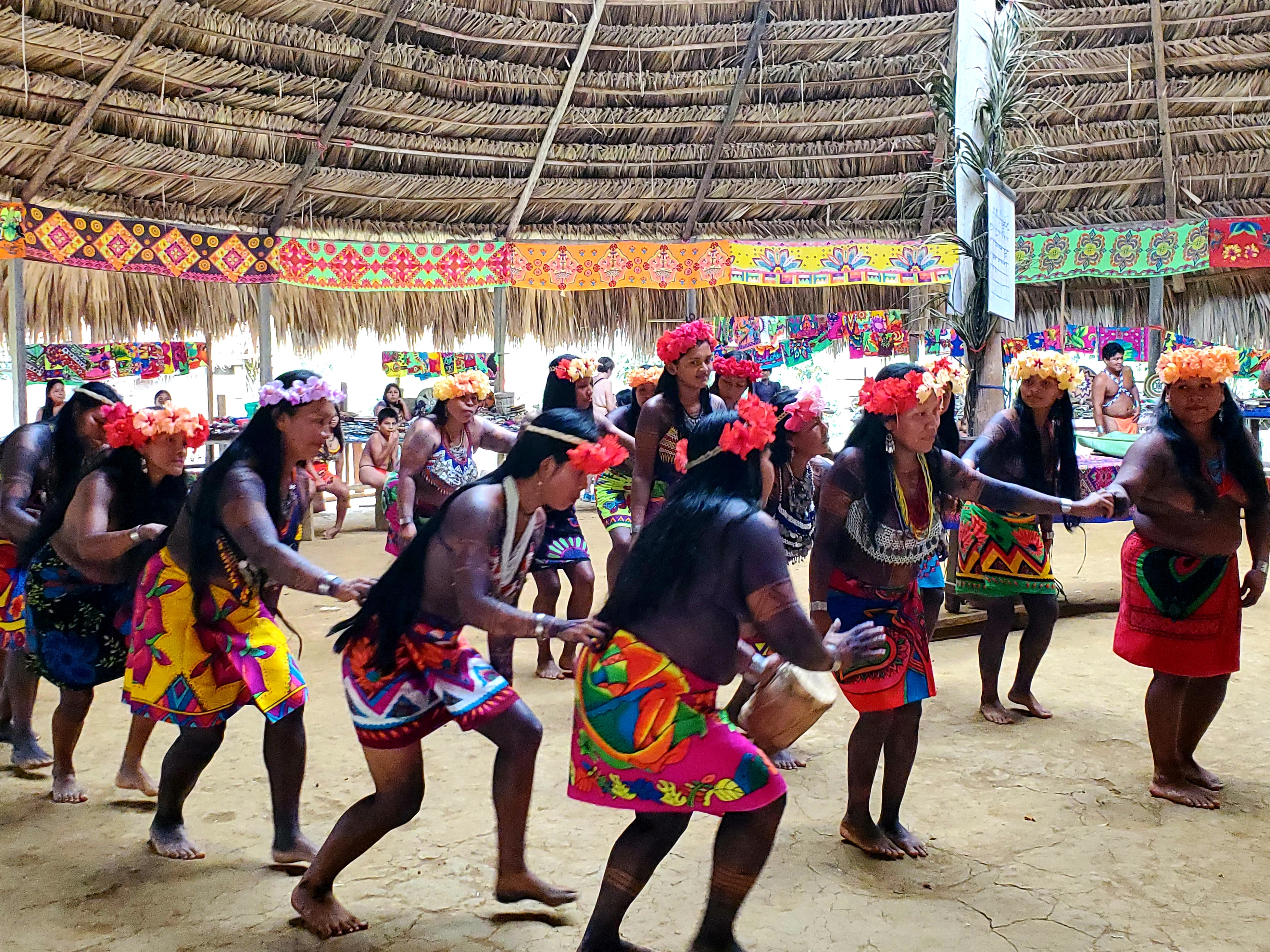
%20-%20JS.jpg)
A real treat followed with a musical and dance show to celebrate our visit. While the men played the instruments, the Embera women, dressed in bright outfits and with flowers in their hair, showed off their traditional moves; many of them smiling and laughing at each other as they danced.
It wasn’t long before the families joined in, with children coming into the audience, taking us by the hand, and inviting us to share their final dance, which was a joyous occasion.
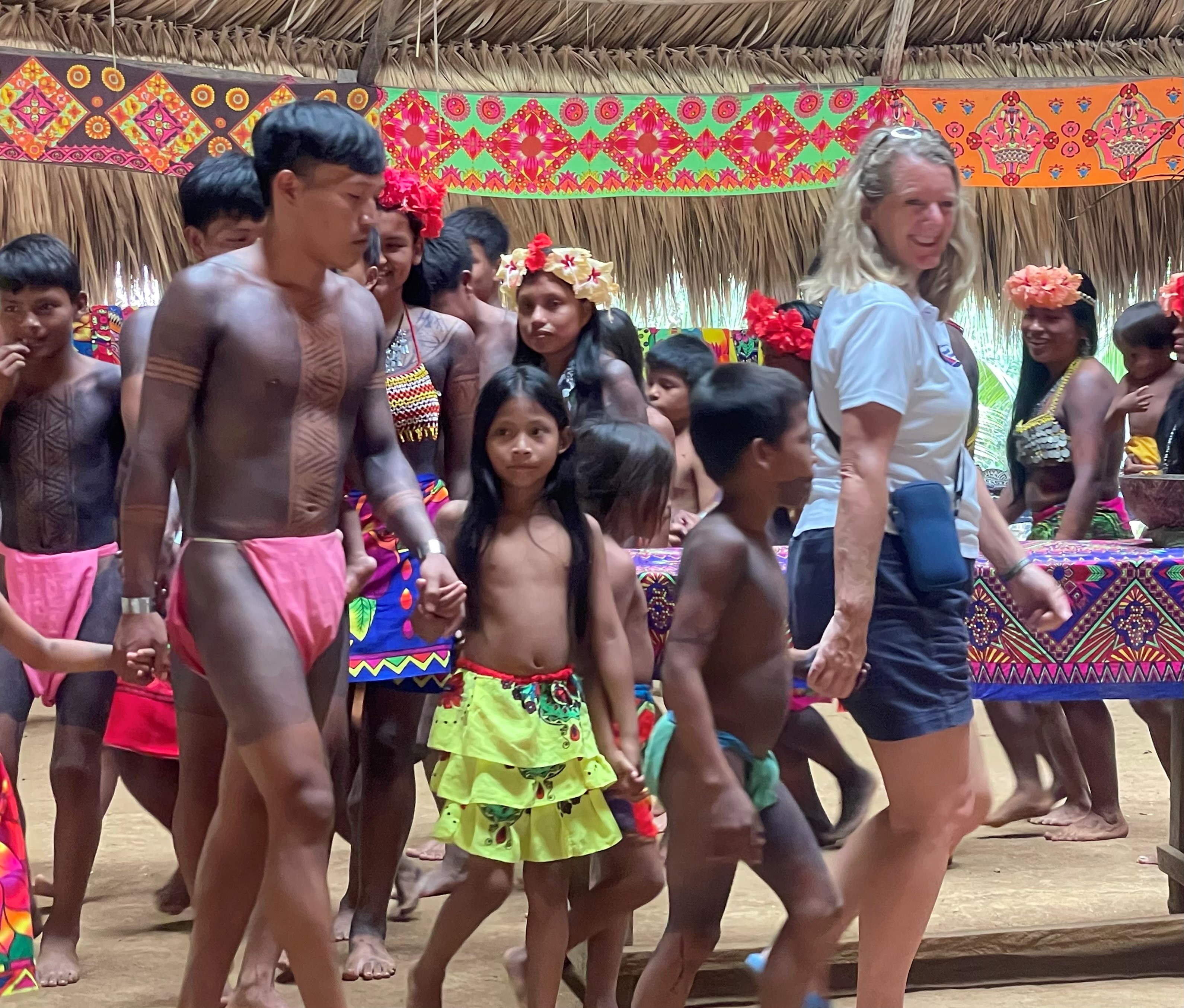
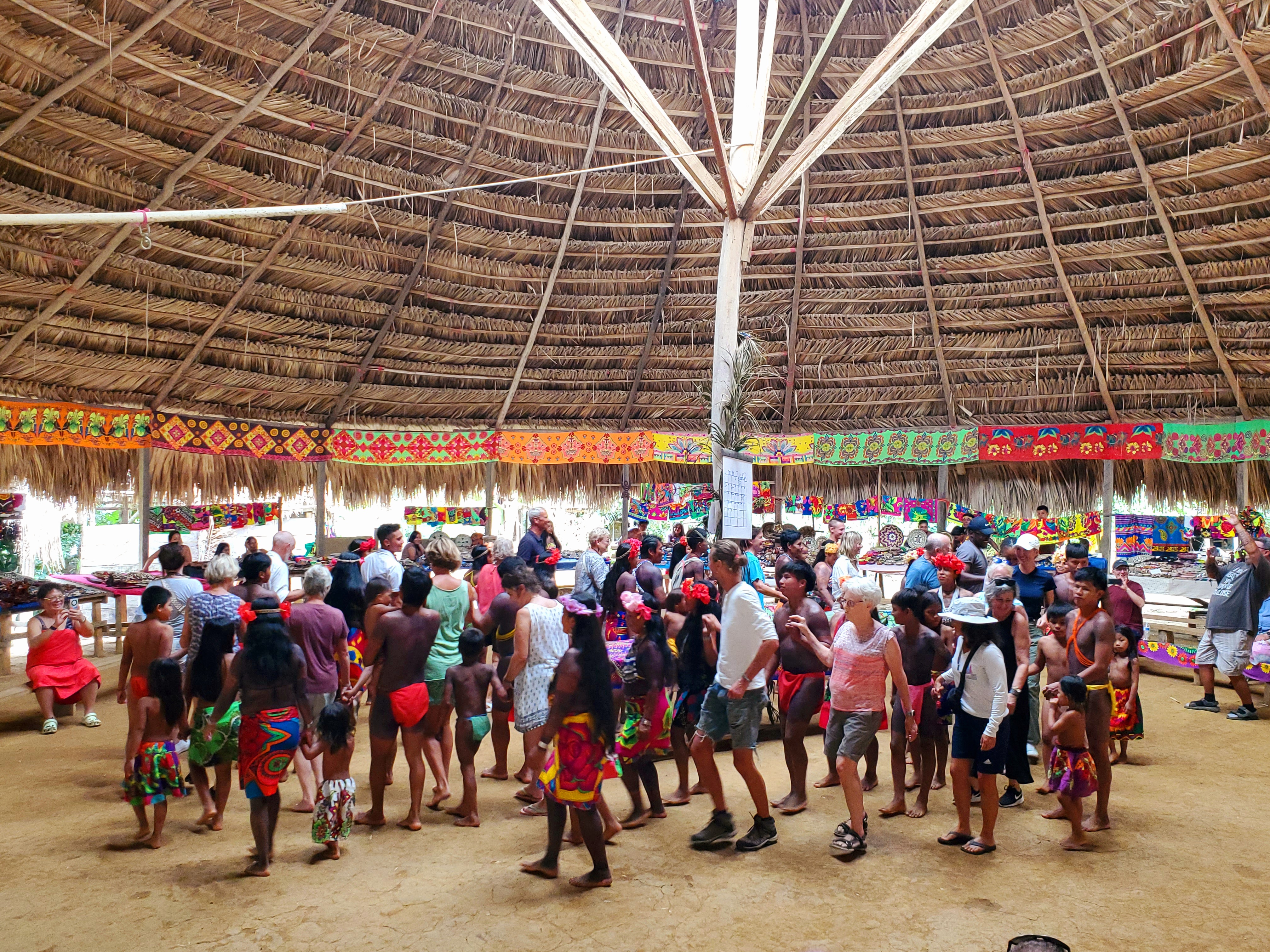
Sadly, all too soon, it was time to go, but not before they gathered us together as they wanted us to take photographs so we could share our memories and experience of the Embera Tribe with others.
With a final cheer of ‘Biabua’, meaning ‘thank you’, they waved us off as we stepped back into the canoes to navigate our way back down the river. What an incredible and honest insight into a traditional tribal community!
7 